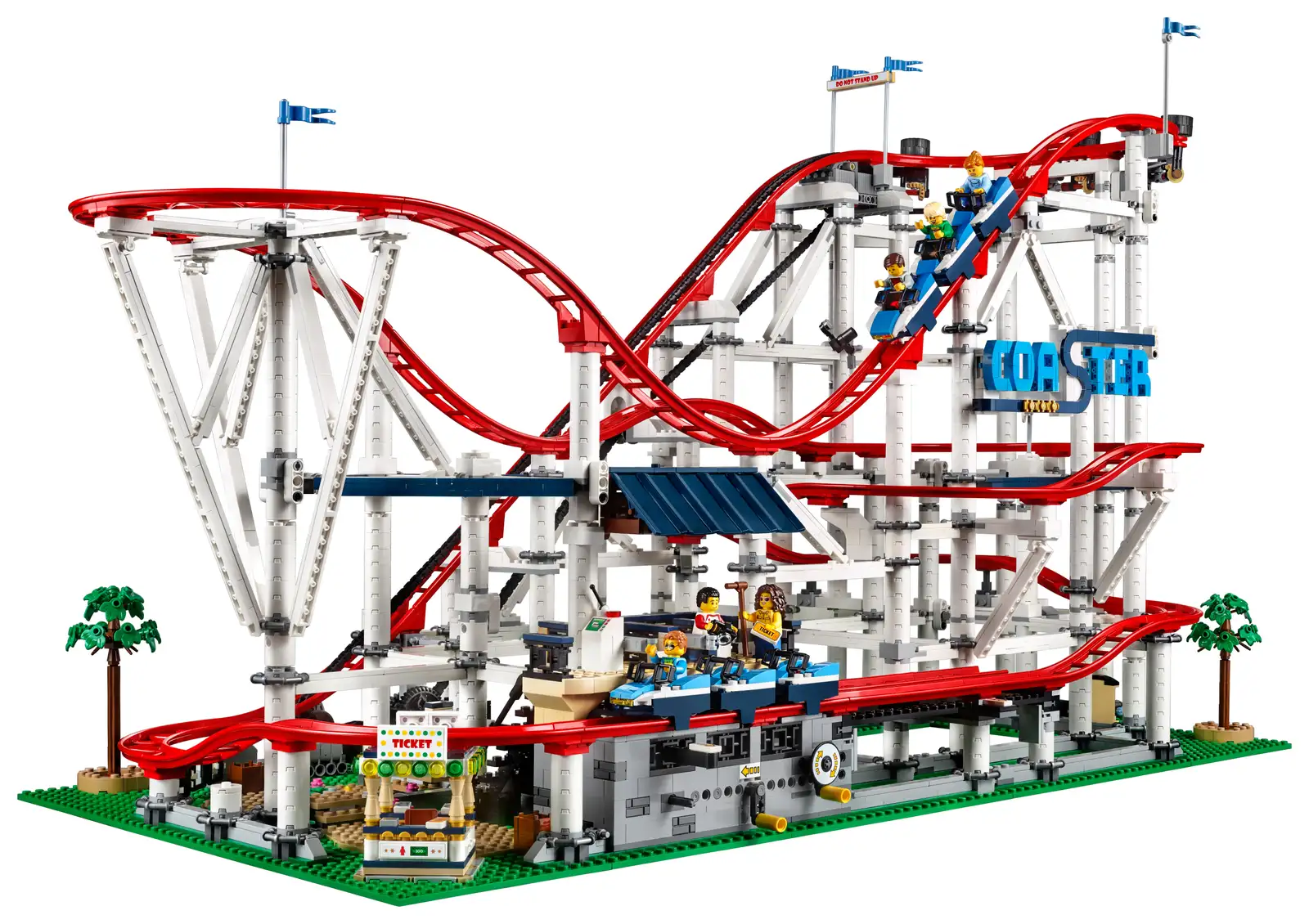How writing is like building a LEGO set [#32]
And a 5-step process that I use to write my own articles.
![How writing is like building a LEGO set [#32]](/content/images/size/w1200/2023/08/32unclean-min.jpeg)
I think writing is almost exactly like building a LEGO set. Here's the 5-step process I use to write (that I've developed after 32 articles on this blog).
Step 1: Gather the LEGO bricks
Throughout the course of your life, your brain will spontaneously generate LEGO bricks. A brick is an insight, idea, phrase, or quip that you want to use in your writing.
Unfortunately, these bricks slowly melt into the chaos of your own head if you don't store them somewhere. Your brain is pretty good at having ideas, but is surprisingly bad at remembering those ideas. So what's the solution? Store the bricks in a bin!
A bin doesn't have to be fancy. Some writers use complex Notion databases while others simply use a Google Doc or a piece of paper. I use Apple Notes as a happy medium. With Apple Notes, I:
- can easily separate my ideas (more easily than Google Docs)
- can search for ideas or words (more easily than on physical paper)
- don't have to worry about excess maintenance (unlike Notion)
Summary: Whenever your brain generates ideas (bricks), store them in a bin (Notion, Google Docs, etc.) so you don't lose them.
Step 2: Sort the LEGO bricks
Now all of your LEGO bricks also have a size:
- Larger, overarching ideas or insights = large, structural bricks & plates
- Medium-sized ideas & insights = medium-sized LEGO bricks
- Smaller quips & phrases = smaller decorative bricks

So as an example, for the roller coaster above:
- Larger, overarching ideas or insights = the tall white beams, the white support structures, and the green baseplate
- Medium-sized ideas & insights = the red tracks and grey bricks
- Smaller quips & phrases = the trees, the 'COASTER' sign, and other small details
It's helpful to separate your bricks into three separate piles:
- Pile 1 (large bricks): 1-2 main ideas & insights
- Pile 2 (medium-sized bricks): 3-5 smaller points
- Pile 3 (small bricks): Any number of specific sentences, phrases, or quips
This is pretty easy to do. I simply create three headers: 'Main Ideas / Insights', 'Smaller Points', and 'Sentences and Small Stuff' – then start a bullet-point list under each header.
Summary: Separate your bricks into piles so it's easier to build (write) when inspiration comes.
Step 3: Tinker and Experiment
Now it's time to experiment & write a first draft.
Take bricks from Piles 1 and 2 and start building. Don't worry if your creation looks messy, undetailed or unpolished. Just start writing. If you get stuck at any point and aren't sure how to continue, work on a different part of your creation.
Snap ideas together in the way that makes the most sense to you. Inspiration is often fleeting, so it's important to build quickly when it strikes. Seasoned LEGO designers (and writers) never create something awesome on the first try.
Don't obsess over the small stuff – get your main ideas and points out on the page. You can worry about word choice and sentence structure later.
Summary: Write a first draft (which can be very rough) quickly. Don't worry about making it good. Create first, and edit later.
Step 4: Rebuild
Now it's time to edit. You probably haven't used all of your bricks, and some of your bricks are probably in places that don't fit. Restructure and rework your creation until you have a better second draft.
Once you've reached your second draft, take a look at your creation with a critical eye and ask yourself, "What can I easily remove?" The fastest way to improve your writing is to remove bricks from your creation that don't belong there.
Summary: Focus on restructuring & rebuilding your creation. Then eliminate superfluous ideas and language.
Step 5: Add Final Details
Once you've made a third (or even fourth draft), you can add final details (so bricks from Pile 3). I only add final details in Step 5, because it makes no sense to focus on small decorative bricks when your underlying structure still needs adjustment.
Bricks from Pile 3 should ideally reflect your personality and style. Remember that ChatGPT exists. Make sure your writing doesn't sound like it was written by AI. Also – eliminate typos and grammar mistakes. You should be proud of your final creation.
Summary: Add final details that reflect your personality and style, and generally clean up your creation.
Summary
- Whenever your brain generates ideas (bricks), store them in a bin (Notion, Google Docs, etc.) so you don't lose them.
- Separate your bricks into piles so it's easier to build (write) when inspiration comes.
- Write a first draft (which can be very rough) quickly. Don't worry about making it good. Create first, and edit later.
- Focus on restructuring & rebuilding your creation. Then eliminate superfluous ideas and language.
- Add final details that reflect your personality and style, and generally clean up your creation.
![Why do I write online? [#55]](/content/images/size/w960/2024/02/glenn-carstens-peters-npxXWgQ33ZQ-unsplash.jpg)
![Journaling with plain text files [#48]](/content/images/size/w960/2023/11/sixteen-miles-out-3ZvHsFiZyME-unsplash.jpg)
![I hate newsletters that are just 'recycling centers' [#47]](/content/images/size/w960/2023/11/sigmund-aI4RJ--Mw4I-unsplash.jpg)
![5 guidelines for your college admissions essays [#44]](/content/images/size/w960/2023/10/aaron-burden-CKlHKtCJZKk-unsplash.jpg)